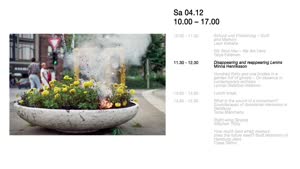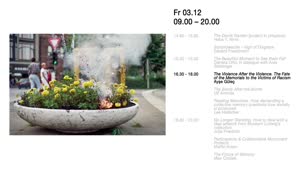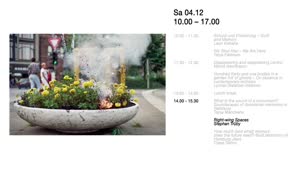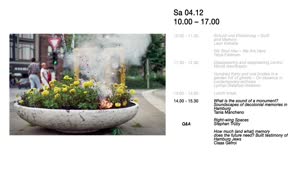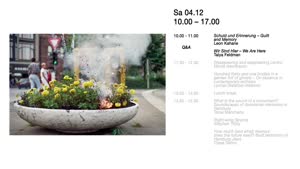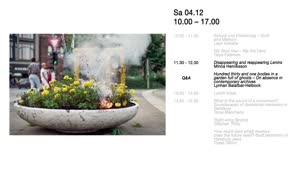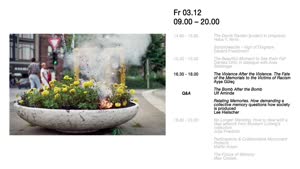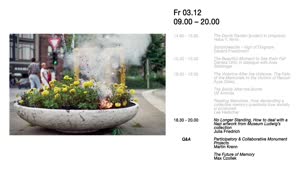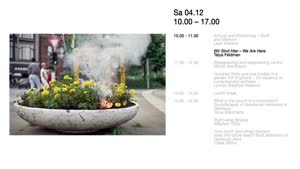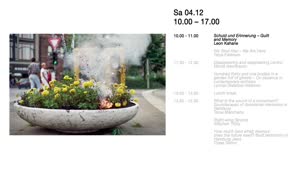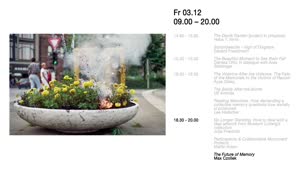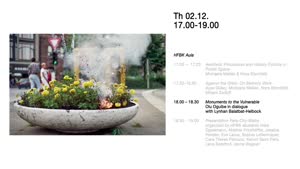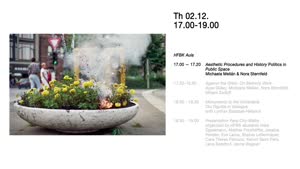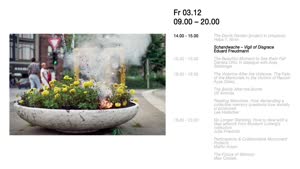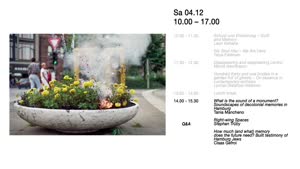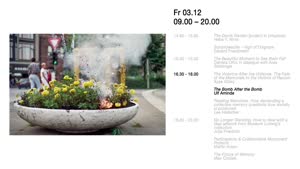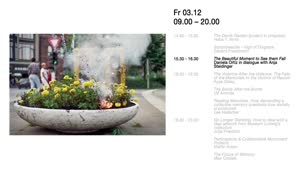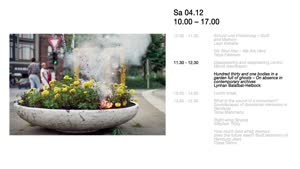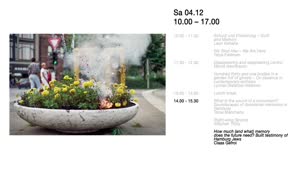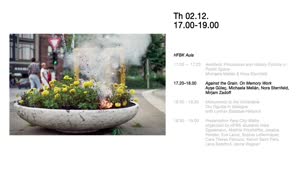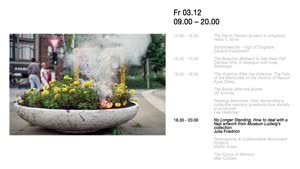Claas Gefroi: How Much (and What) Memory Does the Future Need? Built Testimony of Hamburg Jews - Prof. Michaela Melián, Prof. Dr. Nora Sternfeld - HFBK
- MEDIATHEK
- Alle Videos
- HFBK
- Alle Bereiche
- Conference: Counter-Monuments and Para-Monuments
Alle Videos
Claas Gefroi: How Much (and What) Memory Does the Future Need? Built Testimony of Hamburg Jews
The first Jews arriving in Hamburg in 1580 were Portuguese and Spanish Sephardim fleeing the Inquisition. They were followed by Ashkenazi Jews from the German-speaking countries as well as Eastern Europe. Both reform-oriented and more traditional and conservative Jews developed and cultivated their different cultures in Hamburg, each building their own temples and synagogues. Under National Socialism, many of these buildings were destroyed, including the Bornplatz synagogue and thus the largest, most important synagogue in northern Germany, while others were closed, confiscated, and repurposed. After the end of World War II and Nazi rule, the Jewish community was re-established as a unified community, finding its architectural expression in the new synagogue at Hohe Weide. Architectural legacies that had been preserved, meanwhile, fell into disrepair despite their heritage-protection (Poolstrasse Temple), or were and continue to be used for other purposes (Rolf Liebermann Studio in the former synagogue on Oberstrasse). Recently, the Jewish community’s proposal to build a central synagogue once again on Bornplatz has led to fierce controversy, with reactions coming even from Israel. The dispute was sparked by the fact that the community wanted to design the new building closely along the lines of the destroyed Bornplatz synagogue, which critics view as a form of historicism that negates history. In addition, construction of the building would entail the removal of a bunker built during the Nazi era and now heritage-protected, as well as a floor mosaic created as a memorial by the artist Margrit Kahl. Politicians have supported the plan: In November 2020, the budget committee of the Bundestag released 65 million euros for the reconstruction of the synagogue. The same amount again is to come from the City of Hamburg’s budget. The developments relating to the Bornplatz synagogue, not least, raise a number of questions: How should we view Hamburg’s handling of recent Jewish (building) history? Is the city living up to its responsibility to preserve and maintain (former) Jewish sacred buildings? Is the approach to existing buildings and the plans for the new building also an expression of ideology, attitudes, taste preferences? If yes, then which ones? And finally: What role does the past play in shaping the future? I would like to explore all this in my lecture.
Claas Gefroi (*1968) is the Press and Public Relations Officer for the Hamburg Chamber of Architecture, a member of the board at the Denkmalverein Hamburg, editor of the Jahrbuch Architektur in Hamburg (Yearbook of Architecture in Hamburg), and a freelance architecture journalist writing in newspapers and magazines such as taz, konkret, Die Zeit, Bauwelt, Deutsche Bauzeitung, and Baumeister.
---
The conference is dedicated to the history of artistic counter-monuments and forms of protest, discusses aesthetics of memory and historical manifestations in public space, and asks about para-monuments for the present.
Programme: https://www.hfbk-hamburg.de/de/projekte/conference-counter-monuments-and-para-monuments-contested-memory-public-space/

